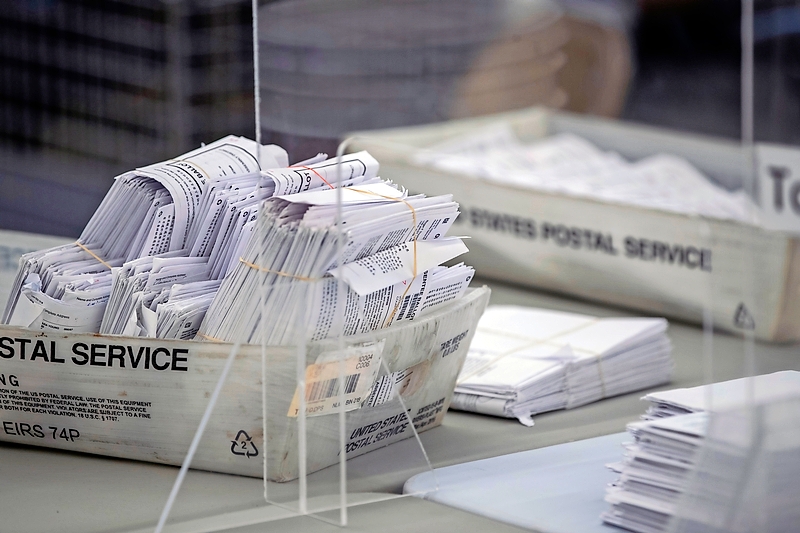Race to 2020
By Naperville Magazine
October 2020 View more 630

By Christie Willhite
To listen to political chatter is to hear one message: The November 3 presidential election is the “election of our lifetime.” Here are seven things to know about voting in 2020—especially knowing the coronavirus will impact how, when, and where we choose to vote.
- What’s on the ballot? Beyond the marquee Trump/Biden matchup, voters will choose whether to return Democrat Richard Durbin to the U.S. Senate for a fifth term or replace him with former Lake County sheriff Mark Curran, a Republican. Voters also will select U.S. representatives, state legislators, and county-level officials, as well as deciding whether to retain judges.
- Yea or nay? Statewide, voters will decide whether Illinois should remove a constitutional provision requiring the state to tax all residents’ personal income at the same rate. DuPage County also will ask voters three advisory questions to guide county budgeting decisions on stockpiling personal protective equipment and financial support of law enforcement. In Will County, referendum questions will be posed to voters in Orland Park and Homer Township.
- Are you registered? Confirm your voter status by checking with the Du-Page Election Commission (dupageco.org/election) or the Will County clerk (thewillcountyclerk.com/elections). Registration can be completed online up to 15 days before the election; in-person or mail-in registrations must be completed 27 days in advance. Voters also may register at their polling place on Election Day.
- How to vote DuPage and Will Counties will have a full complement of polling places open November 3, though some locations may have changed to allow distancing to minimize the spread of coronavirus. In-person early voting runs through November 2 at the county offices and begins October 19 at satellite locations in government buildings, banquet halls, and shopping malls.
- Vote by mail Lawmakers this spring expanded vote by mail as a safe alternative to in-person voting. Voters in both counties can request mail-in ballots by phone, email, web, or sending in a printed application. Ballots were mailed to voters beginning September 24—the first day of early voting—and must be completed and postmarked by November 3, though election officials urge residents to return their ballots as soon as possible. Track application and ballot status at ova.elections.il.gov.
- USPS controversy Under newly appointed Postmaster General Louis DeJoy, the U.S. Postal Service this summer removed some mail-processing equipment and collection boxes, fueling concerns mailed ballots might be delayed and not counted. Facing public pressure, DeJoy in August froze operational changes—though he did not reverse previous actions. Voters can avoid delays by requesting and returning ballots as soon as possible. DuPage residents may hand-deliver ballots to drop boxes at the county complex or any early voting location. Will voters may drop their ballots in boxes at the clerk’s office, Naperville 95th Street Library, or libraries in six other towns.
- Centennial anniversary However they vote, women may want to thank suffragists who marched, politicked, and persuaded lawmakers to ratify the 19th Amendment ensuring women’s right to vote in 1920. A century later, suburban women may be key to this election as both presidential campaigns court them. The strategy could swing the election: Nationally, more than 81 million women are registered to vote, about 9.6 million more than men. Locally, about 53 percent of registered voters are women.
Photo by Victor J. Blue/The New York Times


